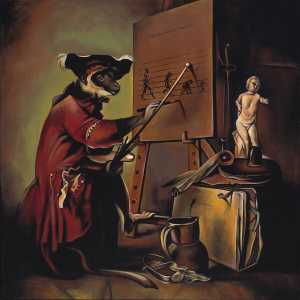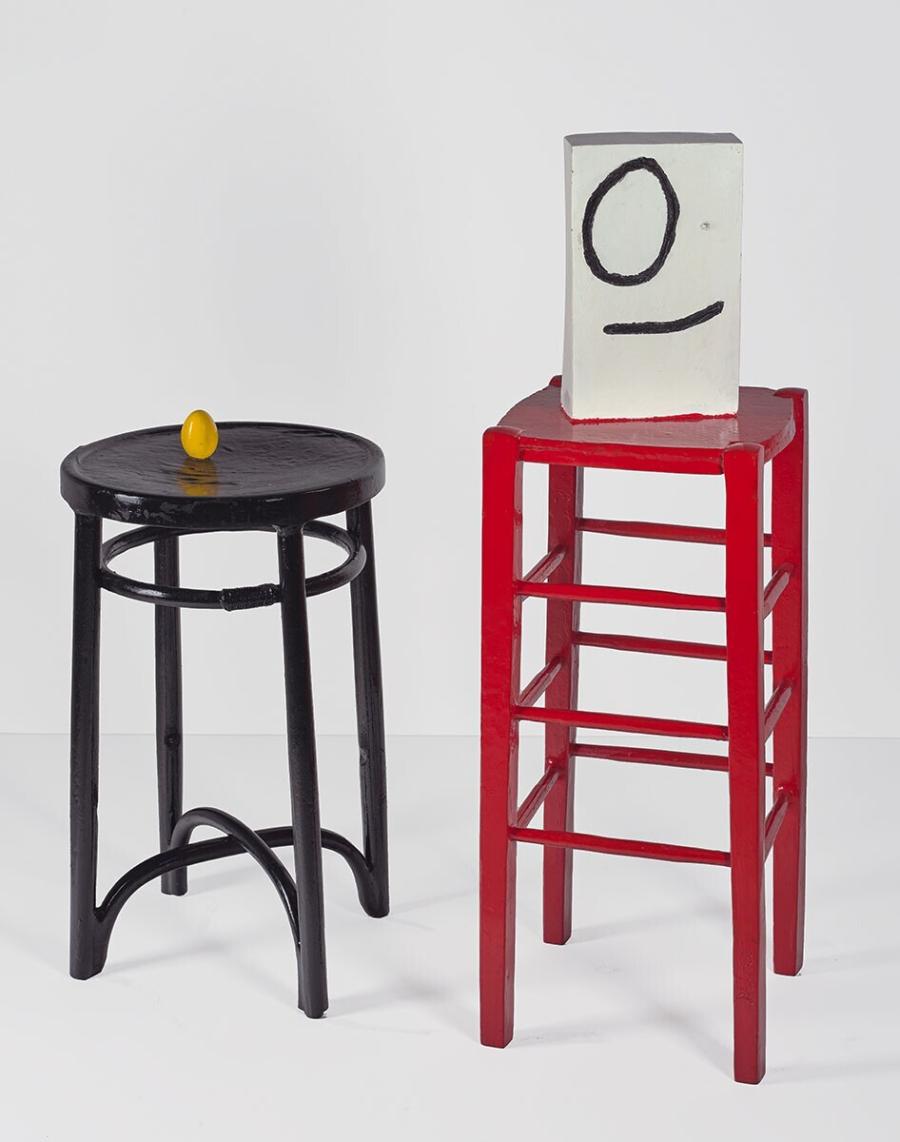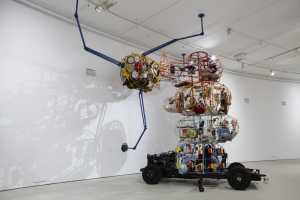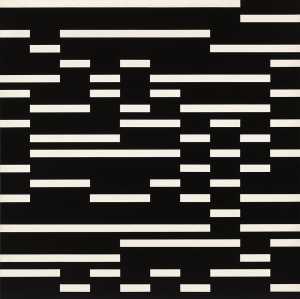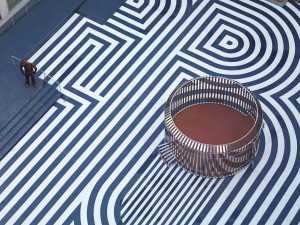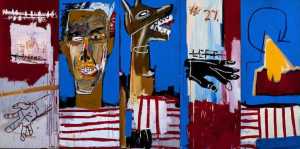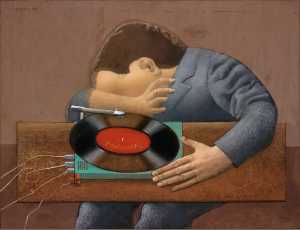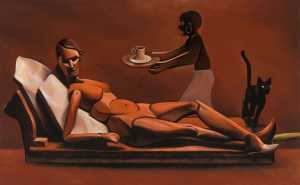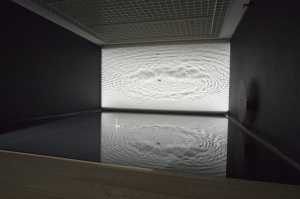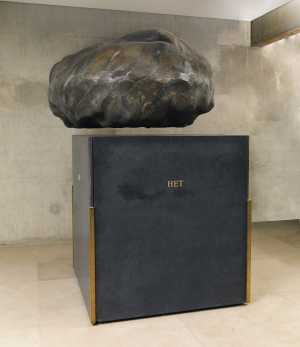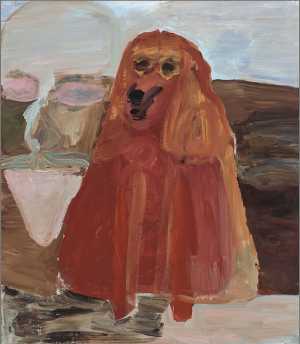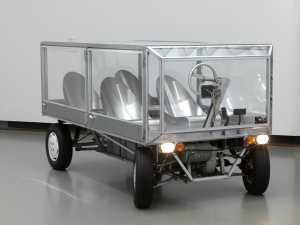Specifications
| Title | Monsieur et madame |
|---|---|
| Material and technique | Painted bronze |
| Object type |
Sculpture
> Three-dimensional object
> Art object
|
| Location | This object is in storage |
| Dimensions |
Height 99 cm Width 31 cm Depth 31 cm |
|---|---|
| Artists |
Artist:
Joan Miró
|
| Accession number | BEK 1541 a-b (MK) |
| Credits | Purchased 1976 |
| Department | Modern Art |
| Acquisition date | 1976 |
| Creation date | in 1969 |
| Entitled parties | © Successió Miró, c/o Pictoright Amsterdam 2018 |
| Provenance | Galerie Maeght, Paris 1976 |
| Exhibitions | Paris 1978; Breda 1983-84; New York 1993-94; Los Angeles 1997; Otterlo 1997-98; Rotterdam 1998b |
| Internal exhibitions |
The Collection Enriched (2011) |
| External exhibitions |
Miró. Order and disorder (2018) Dal nulla al sogno (2018) Surrealist Art - Masterpieces from Museum Boijmans Van Beuningen (2021) A Surreal Shock – Masterpieces from Museum Boijmans Van Beuningen (2021) Only the Marvelous is Beautiful (2022) Dalí, Magritte, Man Ray and Surrealism. Highlights from Museum Boijmans Van Beuningen (2023) A Surreal Shock. Masterpieces from Museum Boijmans Van Beuningen (2023) Joan Miró (2024) |
| Research |
Show research Digitising Contemporary Art Show research A dream collection - Surrealism in Museum Boijmans Van Beuningen |
| Literature | Jouffroy/Teixidor 1973, pp. 88, 200, cat. no. 122; Cirici/Marrast 1977, p. 163, fig. 181; Cologne 1987, p. 93, cat. no. 33; Barcelona 1988, p. 422, cat. no. 1543; Fernández-Miró/Ortega Chapel 2006, pp. 164-65, cat. no. 158 |
| Material | |
| Object | |
| Geographical origin | Spain > Southern Europe > Europe |





